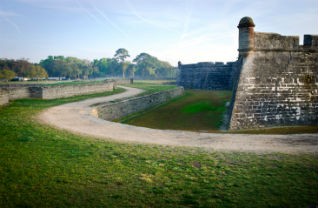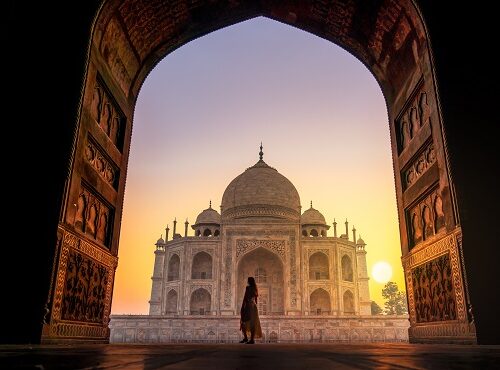
From Native American and Hispanic influences to African and Southern American traditions, Florida has been shaped by a wealth of different ideals and beliefs.
The sheer scale of the diversity here has also helped create a vibrant tourism market, aided by the incredible natural beauty of the Sunshine State.
Fine food, feisty festivals, exquisite architecture and a unique heritage await those who want to explore the cultural phenomena that is modern Florida.
Latino culture
Due to a large period of Spanish occupancy and Florida’s proximity to Cuba and the rest of the Caribbean, there are many Latino and Hispanic influences apparent in the state’s culture.
Miami in particular, which has a large Cuban population, is home to some fantastic foods that have made their way across the ocean.
Popular favourites such as the Cuban sandwich, Cuban espresso, medianoche, and croquetas have all become ingrained in Miami’s culture, popular with locals and tourists alike.
If you are visiting the city, it is worth heading over to Little Havana for a taste of Latin flair and the vibrant hustle and bustle you’d expect to find in Central America.
Centred around Calle Ocho, you will find amazing food, live music, art and colourful buildings. It’s worth stopping at the Máximo Gómez park for a stroll where you’ll see the older generation relaxing in the shade over a game of dominos.
As well as the vibrant Cubano feel of Miami, there’s also Spanish colonial references scattered around Florida.
Fort San Carlos de Barrancas, Pensacola Bay is a great example of the buildings the Spanish left behind from their time as masters of the state. In fact, the area was home to two such structures, with the remains of Bateria de San Antonio also located also located close by.
In St Augustine you will find the oldest masonry fort in the United States in the form of Castillo de San Marcos, a formidable structure that overlooks the picturesque shoreline of the area. St Augustine itself is full of relics from the colonial era with the St Augustine Light being another building of note.
Southern hospitality
For a taste of real southern American culture, Florida’s aptly named Panhandle is the place to go.
Bordering the likes of Alabama and Georgia, the northern part of Florida is heavily influenced by these states.
As well as being home to this unique brand of American heritage, this part of Florida boasts some of the best beaches in the entire state.
Characterised by its white sands and turquoise waters, the shoreline here is the perfect place to take in Florida’s unique culture. Pensacola Beach, Fort Walton Beach, and Panama City Beach have all become hotspots for tourists in recent years and so the infrastructure surrounding them is set up to accommodate for travellers during the peak seasons.
On the east coast of Florida, you’ll find Jacksonville, a city that’s much closer to what people envision when they think of the south.
The city has a deep tradition of music, another common factor in the southern states, and there are two major festivals each year that demonstrate this.
Both the The Jacksonville Jazz Festival, held downtown, and Springing the Blues, based in Jacksonville Beach regularly draw tourists from all over the world. The former is the second largest Jazz festival in America whereas the latter is one of the oldest and biggest blues festivals in the world.
French Heritage
As Florida was one of the first US states inhabited by Europeans, much of its culture is owed to the French and Spanish.
In terms of Gaelic influence, the Fort Caroline National Memorial (now Jacksonville) is perhaps one of the most important indications of Florida’s French history.
Established by René Goulaine de Laudonnière on June 22, 1564, as he tried to set up a new colony, the stronghold was eventually overrun and wiped out by the Spanish later in the decade.
Today, the fort is located in the Timucuan Ecological and Historic Preserve, a vast expanse of biodiverse wetlands in the state.
Travel to Florida with our US multi centre holidays.






















